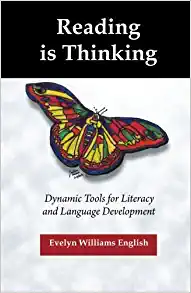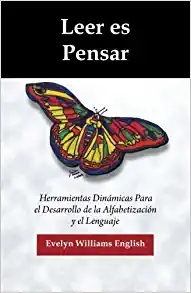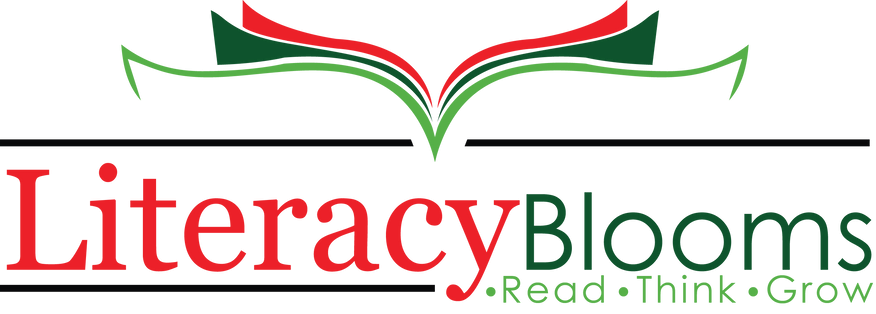Reading is Thinking

Reading is Thinking: Dynamic Tools for Literacy and Language Development
Reading literacy and language ideas and activities in this guide brings families and educators together, embraces learner’s natural curiosity and develops the love of reading. Promoting literacy-reading, thinking, writing, listening and speaking at home makes a difference. Reading for fun becomes a lifelong routine, schooling is easy and graduations are a given. Why read? Reading develops the imagination. Reading helps you write and speak correctly. Reading takes you places you have never visited. Reading takes you to a time you have never experienced. Reading introduces you to people you have not met. Reading introduces you to new ideas. Reading entertains you. Nancy Carter Ball, my grandmother, taught, an ounce of prevention is worth a pound of cure. Early Literacy advocates agree the most favorable time to learn to read is Pre-K through Grade Three. The teaching and learning of reading includes: talking and being listened to, reading and being read to, singing and being sung to, and guiding learners through the sensible and researched plan in Reading is Thinking.

Leer es Pensar: herramientas dinámicas para la alfabetización y el desarrollo del lenguaje
Las ideas y actividades sobre alfabetización lectora y lenguaje de esta guía unen a las familias y los educadores, fomentan la curiosidad natural de los alumnos y desarrollan el amor por la lectura. Promover la alfabetización: leer, pensar, escribir, escuchar y hablar en casa marca la diferencia. Leer por diversión se convierte en una rutina para toda la vida, la educación es fácil y las graduaciones son un hecho. ¿Por qué leer? Leer desarrolla la imaginación. Leer te ayuda a escribir y hablar correctamente. Leer te lleva a lugares que nunca has visitado. La lectura te lleva a un tiempo que nunca has experimentado. La lectura te presenta a personas que no has conocido. La lectura te introduce a nuevas ideas. La lectura te entretiene. Nancy Carter Ball, mi abuela, enseñó: “Una onza de prevención vale una libra de cura”. Los defensores de la alfabetización temprana están de acuerdo en que el momento más favorable para aprender a leer es desde el preescolar hasta el tercer grado. La enseñanza y el aprendizaje de la lectura incluye: hablar y ser escuchado, leer y que le lean, cantar y que le canten, y guiar a los alumnos a través del plan sensato e investigado en Leer es Pensar—Evelyn Williams English.
